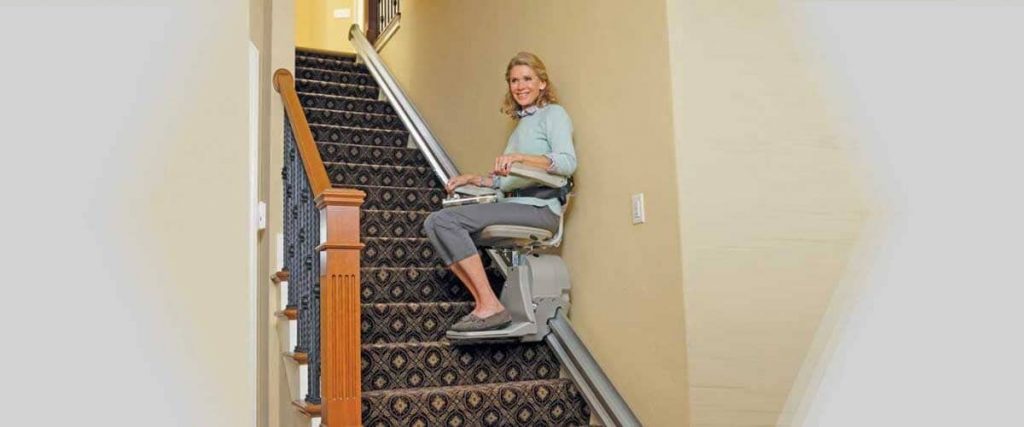Making a Home Safer for Seniors

Safety at home is a major concern for older adults, especially those with severe mobility challenges. As people age, they can face difficulties with regard to balance, strength, memory, hearing, and vision that put them at risk of falling. Moving around safely can be a major issue in homes with stairs, which is why many multilevel homes now have elevators or stair lifts. Failing to take precautions with regard to home safety can result in serious injury and even prove fatal.
According a report published in the Harford Courant in 2014, a survey revealed that nearly 20 million seniors ages 65 and older visit the emergency room each year and almost a third of the visits are to treat injuries, most of which are sustained in their home. The survey also found that 65 percent of senior homes have at least one potential safety issue.
Home hazards significantly affect an older adults’ ability to live independently. Family members need to be aware of the potential dangers that seniors may face in the home environment and take adequate steps to prepare their homes to meet their needs. Home safety modifications can enhance the safety and independence of the elderly and improve their quality of life. Here are some useful safety tips that can make your home a safe place for your loved ones:
- Remove tripping hazards such as rugs and clutter in walkways. Rearrange furniture to create ample open space and clear passages. Place all items properly so that they are easily accessible to seniors. Ensure bright lighting to avoid tripping hazards.
- Having a handicap accessible bathroom is an important element of home safety as many falls or injuries occur in the bathroom. Add safety features such as barrier-free shower kits and walk-in bathtubs. Use non-slip mats in the bathtub and on shower floors, and install grab bars.
- See that outdoor walkways, doorways, stairs and entrances are safe.
- Providing seniors living alone with a personal medical alert system will allow them to call for help in emergencies.
- Products such as elevators, platform lifts and stair lifts improve accessibility in multilevel homes for people with mobility issues and wheelchair users. Wheelchair ramps can ease access to the outdoors. Assistive devices such as a cane or walker can also help with balance and mobility.
- Keep electrical or telephone cords out of areas that are frequently used.
- Make sure that all staircases in the house have a non-slip surface and good lighting with switches at the top and bottom.
As people become older, their safety needs also change. Review the arrangements in your home from time to time to detect and rectify potential dangers that could threaten the independence and safety of elderly family members.
Related Articles
All Accessibility Isn’t Equal
How NSM client Brandon Winfield is using technology to help make the world more accessible As creator of the iAccess.Life app, Brandon Winfield is used…
On the Horizon
Both Apple and Microsoft recently announced accessibility tech updates designed to better meet the needs of the disability community These include: Door Detection, a navigation…
Easy as 1, 2, 3
BUDGET FRIENDLY IDEAS FOR CREATING ACCESSIBLE HOMES Inaccessibility tends to show itself in the details, and they’re often hardest to spot at home. Since it’s…



